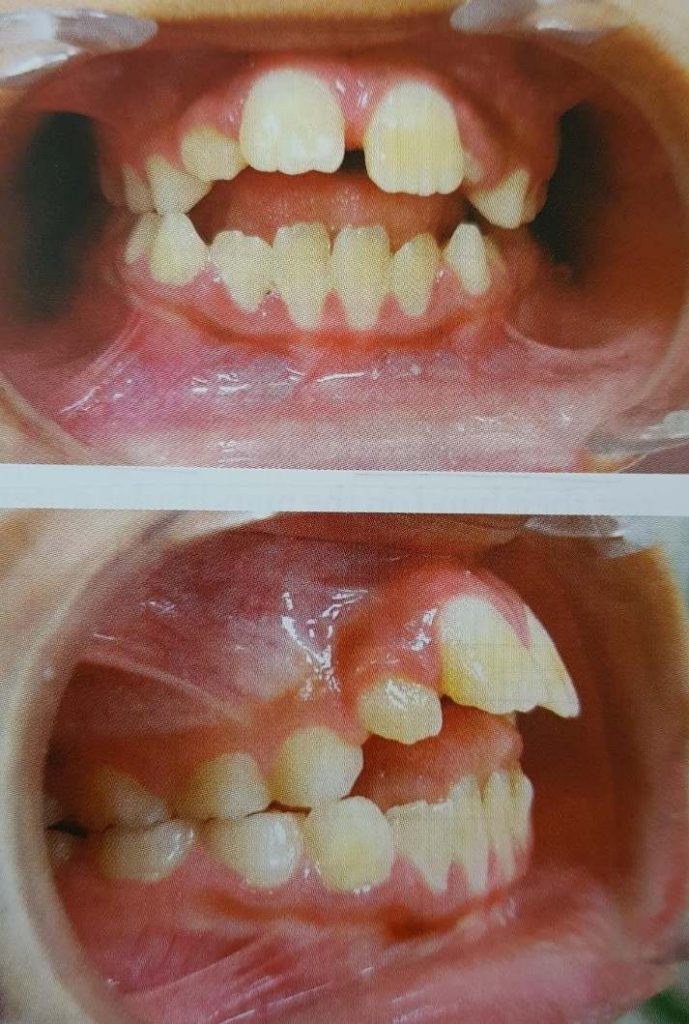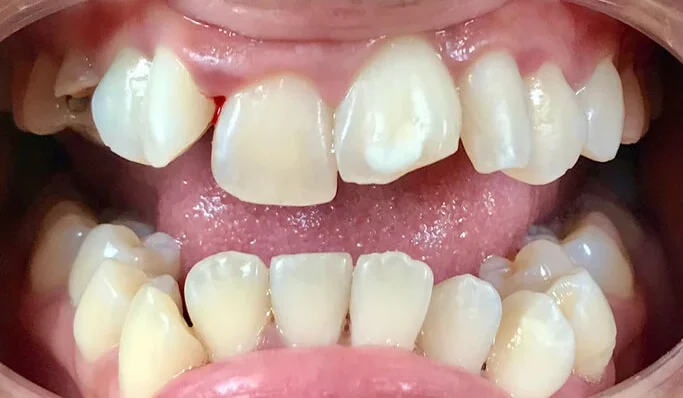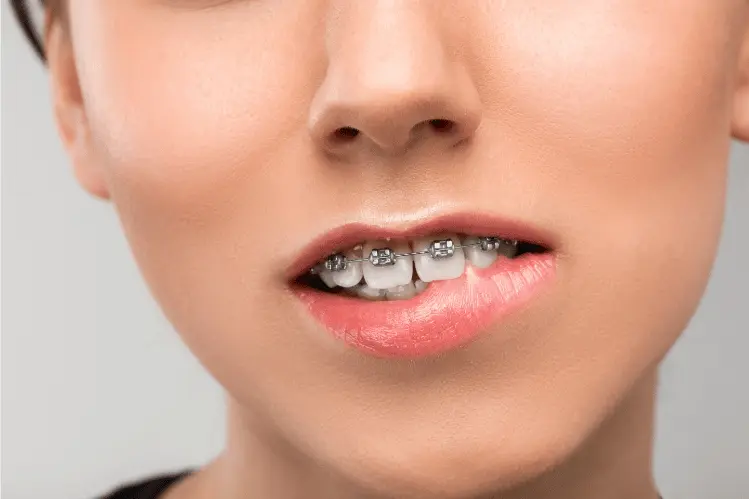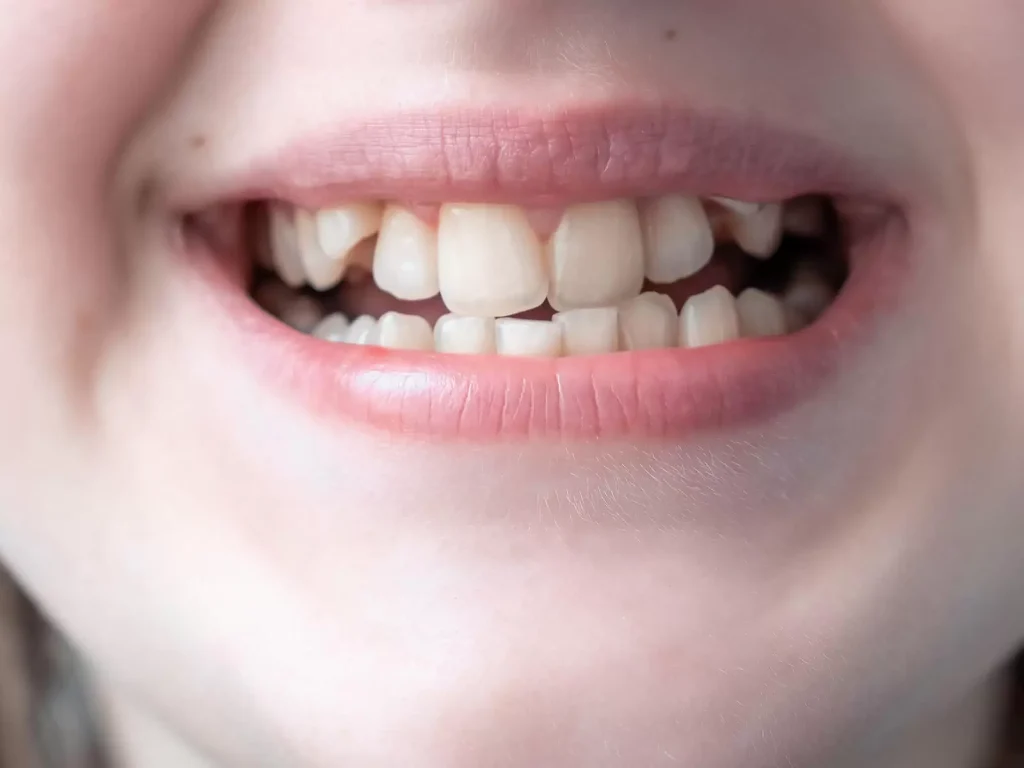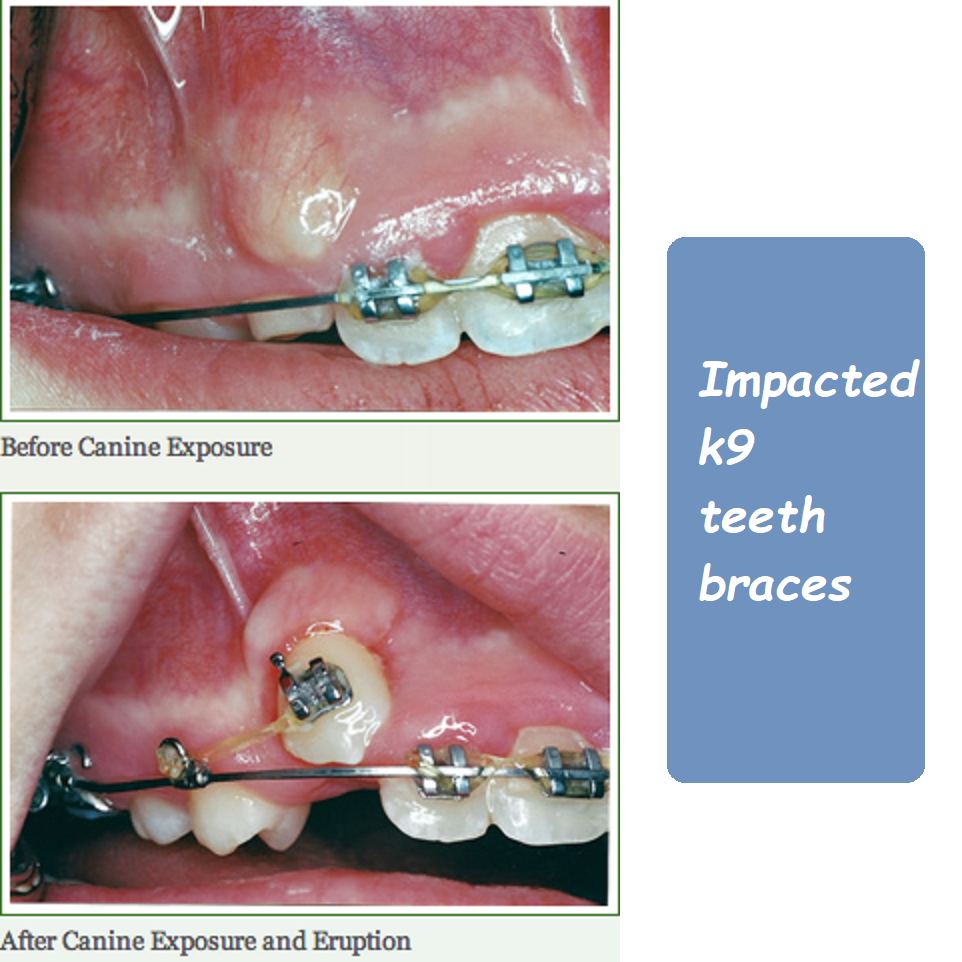can you get invisalign with missing teeth
Invisalign has revolutionized the field of orthodontics, providing a discrete and convenient alternative to traditional metal braces. These clear aligners are popular among both teens and adults looking to straighten their teeth without the aesthetic drawbacks and discomfort of conventional braces. However, one common question that arises is, “Can you get Invisalign with missing teeth?” This comprehensive guide will address this question, exploring the possibilities and limitations of using Invisalign when you have one or more missing teeth.
Understanding Invisalign
What is Invisalign?
Invisalign is an orthodontic treatment that uses a series of clear, removable aligners to gradually move teeth into their desired positions. Each aligner is custom-made for the patient using 3D imaging technology and is worn for about two weeks before moving on to the next set in the series.
How Does Invisalign Work?
The process begins with a consultation with an Invisalign provider, typically an orthodontist or dentist. During this consultation, the provider will assess your teeth and determine if Invisalign is a suitable treatment option for you. If so, they will take digital impressions of your teeth to create a personalized treatment plan. The aligners are then manufactured and delivered to you, and you will need to wear them for 20-22 hours per day, removing them only for eating, drinking, brushing, and flossing.
Can You Get Invisalign with Missing Teeth?
The Short Answer
Yes, you can get Invisalign with missing teeth. However, the feasibility and success of the treatment depend on several factors, including the number and location of the missing teeth, the condition of the surrounding teeth and gums, and your overall dental health.
Factors to Consider
Number of Missing Teeth
The number of missing teeth can significantly impact the Invisalign treatment plan. If you are missing only one or two teeth, Invisalign can often be used to close gaps or make space for future dental restorations. However, if you are missing multiple teeth, the treatment may become more complex, and your orthodontist may need to use additional techniques or devices to achieve the desired results.
Location of Missing Teeth
The location of the missing teeth is crucial in determining the effectiveness of Invisalign. Missing teeth in the front of the mouth (anterior teeth) may require different considerations compared to missing teeth in the back of the mouth (posterior teeth). Each scenario presents unique challenges and may affect the treatment plan.
Condition of Surrounding Teeth and Gums
The health and stability of the surrounding teeth and gums are critical for successful Invisalign treatment. If the adjacent teeth are weak, damaged, or affected by gum disease, these issues must be addressed before starting Invisalign. Healthy teeth and gums provide the necessary support for the aligners to work effectively.
Overall Dental Health
Your overall dental health plays a significant role in determining whether Invisalign is a suitable option for you. A comprehensive dental examination will help identify any underlying issues that need to be resolved before starting treatment.
Benefits of Using Invisalign with Missing Teeth
Aesthetic Improvement
One of the primary benefits of using Invisalign with missing teeth is the aesthetic improvement it provides. Invisalign aligners are nearly invisible, making them a discreet option for straightening your teeth and improving your smile without drawing attention to your dental treatment.
Convenience and Comfort
Invisalign aligners are removable, allowing you to eat, drink, brush, and floss without any restrictions. This convenience is especially beneficial for individuals with missing teeth, as it makes maintaining oral hygiene easier compared to traditional braces.
Customized Treatment Plan
Invisalign treatment plans are highly customizable, allowing orthodontists to create a plan tailored to your specific needs. Whether you need to close gaps, align remaining teeth, or prepare your mouth for future restorations, Invisalign can be adapted to address these goals.
Faster Results
In some cases, Invisalign can provide faster results compared to traditional braces. The precise control over tooth movement and the ability to address specific dental issues efficiently can lead to a shorter overall treatment time.
Challenges and Considerations
Stability and Support
Missing teeth can impact the stability and support needed for effective Invisalign treatment. The aligners rely on the surrounding teeth to apply pressure and move the teeth into their desired positions. If there are significant gaps or missing teeth, additional measures may be needed to provide the necessary support.
Anchorage Techniques
To address the challenges posed by missing teeth, orthodontists may use various anchorage techniques. These techniques provide additional stability and support, ensuring the aligners can work effectively. Common anchorage methods include:
- Temporary Anchorage Devices (TADs): Small titanium screws or plates placed in the jawbone to provide a fixed point of support for tooth movement.
- Dental Implants: If you plan to replace the missing teeth with dental implants, these implants can serve as stable anchor points for Invisalign treatment.
- Brackets and Bands: In some cases, orthodontists may use a combination of aligners and traditional brackets or bands to achieve the desired results.
Treatment Time
The presence of missing teeth can affect the overall treatment time. Depending on the complexity of your case, Invisalign treatment may take longer to achieve the desired results. Your orthodontist will provide a detailed treatment plan and timeline during your consultation.
Preparing for Invisalign Treatment
Comprehensive Dental Examination
Before starting Invisalign treatment, a comprehensive dental examination is essential. This examination will help identify any underlying dental issues that need to be addressed before beginning treatment. Your orthodontist will assess the health of your teeth, gums, and jawbone to ensure they can support the aligners.
Treatment Planning
A detailed treatment plan will be created based on your specific needs and goals. This plan will outline the steps involved in your Invisalign treatment, including any additional procedures or techniques required to address the challenges posed by missing teeth.
Addressing Underlying Issues
If you have any dental issues such as cavities, gum disease, or damaged teeth, these issues must be addressed before starting Invisalign treatment. Your orthodontist may recommend dental restorations, periodontal treatment, or other procedures to ensure your mouth is healthy and ready for aligners.
The Invisalign Process with Missing Teeth
Initial Consultation
The first step in the Invisalign process is an initial consultation with your orthodontist. During this consultation, your orthodontist will evaluate your dental health, discuss your treatment goals, and determine if Invisalign is a suitable option for you.
Digital Impressions and Treatment Plan
If you are a candidate for Invisalign, digital impressions of your teeth will be taken. These impressions will be used to create a 3D model of your mouth, which will serve as the basis for your customized treatment plan. The treatment plan will outline the movements of your teeth throughout the treatment process.
Receiving Your Aligners
Once your treatment plan is finalized, your aligners will be manufactured and delivered to you. You will receive a series of aligners, each designed to move your teeth incrementally. Your orthodontist will provide instructions on how to wear and care for your aligners.
Wearing Your Aligners
For optimal results, it is essential to wear your aligners for 20-22 hours per day. Remove them only for eating, drinking, brushing, and flossing. Consistent wear is crucial for the success of your treatment.
Regular Check-Ups
Throughout your Invisalign treatment, you will have regular check-ups with your orthodontist to monitor your progress and make any necessary adjustments. These appointments are typically scheduled every 6-8 weeks.
Addressing Missing Teeth During Treatment
If you have missing teeth, your orthodontist will implement specific strategies to address them during your Invisalign treatment. These strategies may include:
- Closing Gaps: Invisalign can be used to close gaps created by missing teeth, improving the overall alignment of your teeth.
- Creating Space: If you plan to replace the missing teeth with dental implants or bridges, Invisalign can create the necessary space for these restorations.
- Anchorage Devices: As mentioned earlier, temporary anchorage devices or dental implants may be used to provide stability and support during treatment.
Post-Treatment Considerations
Retention
After completing your Invisalign treatment, it is essential to wear retainers to maintain your new smile. Retainers help prevent your teeth from shifting back to their original positions. Your orthodontist will provide instructions on how often to wear your retainers.
Dental Restorations
If you have missing teeth that need to be replaced, your orthodontist will work with your dentist to plan and execute the necessary dental restorations. This may include dental implants, bridges, or other prosthetic solutions to restore the function and aesthetics of your smile.
Ongoing Dental Care
Maintaining good oral hygiene and attending regular dental check-ups are crucial for the long-term success of your Invisalign treatment and overall dental health. Brush and floss daily, and follow your dentist’s recommendations for professional cleanings and exams.
Advantages of Invisalign for Missing Teeth
Improved Aesthetics
One of the most significant advantages of using Invisalign for patients with missing teeth is the improvement in aesthetics. Invisalign aligners are virtually invisible, allowing you to straighten your teeth discreetly. This is particularly beneficial for individuals who may feel self-conscious about their missing teeth and want a subtle orthodontic solution.
Customized Treatment Plans
Invisalign treatment plans are highly customizable, allowing orthodontists to tailor the approach to each patient’s unique needs. This flexibility is especially valuable for patients with missing teeth, as it enables the creation of a treatment plan that addresses their specific dental challenges and goals.
Enhanced Comfort
Invisalign aligners are made from smooth, medical-grade plastic, making them more comfortable to wear compared to traditional metal braces. The absence of brackets and wires reduces the risk of irritation and sores in the mouth, providing a more pleasant treatment experience.
Removability
The ability to remove Invisalign aligners is a significant advantage for patients

